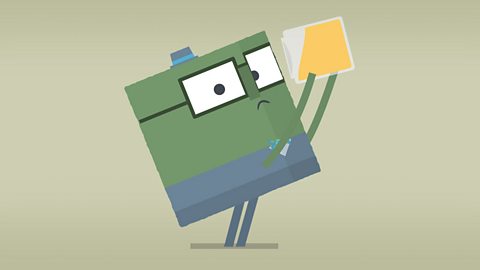Freezing and melting
Solids, liquids and gases change state when they are heated or cooled.
Watch: The temperatures for freezing and melting
Find out about these reversible processes.
Heating up a solid
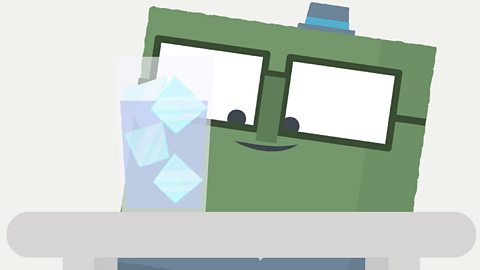
When some solids are heated, they melt and turns into a liquid. For example, wax and ice melt when they are heated. The temperature this happens at is called the melting point, and it is measured in degrees Celsius (°C).
The melting point of ice (solid water) is 0 degrees Celsius (0°C). Different materials have different melting points. Chocolate melts at around 35°C.

Cooling down a liquid
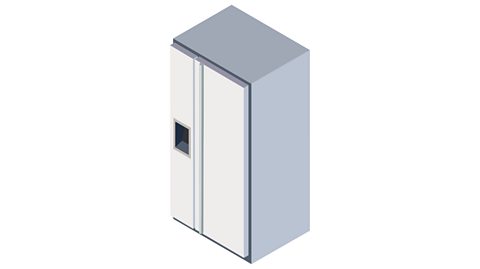
When a liquid is cooled, it freezes and turns into a solid. For example, water freezes into ice in puddles on a very cold day. Freezing happens at the same temperature as the melting point.
Watch: Evaporation and condensation
Watch and learn about turning liquids to gasses... and turning them back again!
So, I've heard a rumour that you can change liquids to gases, and back again.
Right! Go on then. Let's see.
Nice shower Square?
Whoa! Cheeky.
When water is heated up, it changes state from a liquid to a gas, called steam. And this process is called evaporation.
When a gas cools down, it can change state back into a liquid. So when the warm steam hits the surface of, say, a cold mirror it turns back into water again.
This change is called condensation.
The process can be reversed again if we warm up the liquid.
Oh hang on. Time to get out of here I think.
You really should of locked that door.
Heating up a liquid
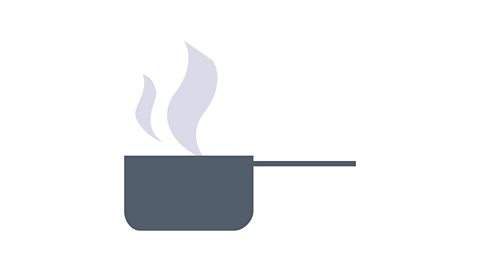
When a liquid is heated it boils and turns into a gas. For example, if water is heated in a pan or in a kettle, it boils and turns into steam.
The temperature this happens at is called the boiling point. The boiling point of water is 100°C. The boiling point of ethanol (alcohol) is 78°C.
If you heat water slowly at a lower temperature than boiling point, then the water on the surface will evaporate. For example the Sun may heat up water in a puddle and it will slowly evaporate. The puddle may evaporate quicker on a very hot day, if it was windy or the water was spread out thinly across the surface.

Cooling down a gas
When a gas is cooled, it condenses, and changes into a liquid. For example, the steam from a boiling pan turns into condensation on a cold window in the kitchen.
Condensing happens at the same temperature as the boiling point.
Watch: Evaporation and condensation recap
Learn about evaporation and condensation.
Activity 1: Changing states
Activity 2: Changing states quiz
Activity 3: Investigating changing states
How many examples changing of states can you think of?
| From | To | How | ||
|---|---|---|---|---|
| Ice cream | solid | liquid | melting |
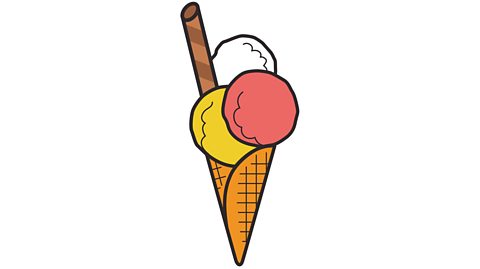
Try to think of at least 5 more. Record your results in a table like the one above.

Bitesize Primary games. gameBitesize Primary games
Play fun and educational primary games in science, maths, English, history, geography, art, computing and modern languages.

More on States of matter
Find out more by working through a topic
- count3 of 3
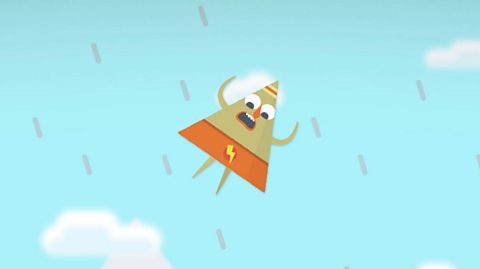
- count1 of 3
